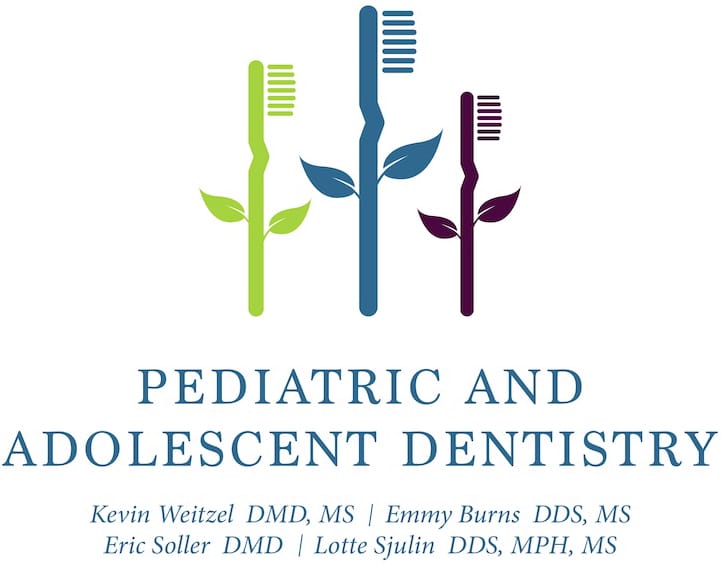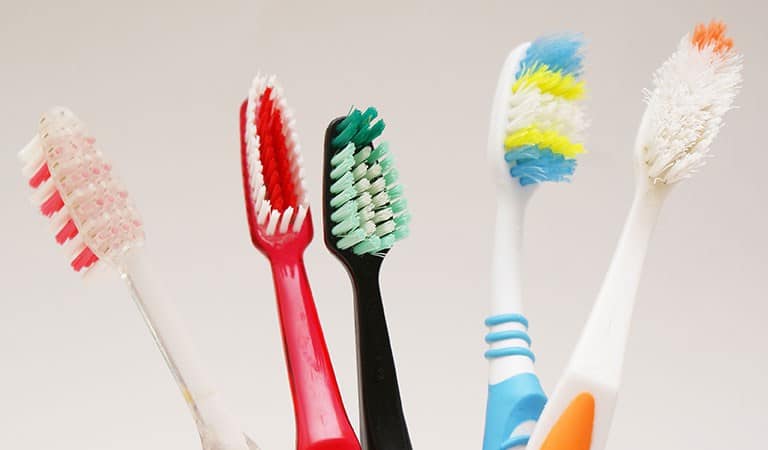By age three most children will have all twenty primary teeth erupted and twenty-four permanent teeth will have started to calcify.
At age three a child should have his teeth re-examined for decay as well as his growth and development evaluated. His teeth should be cleaned and fluoride applied to further enhance decay prevention. Between ages three and four many primary teeth will be close enough together to begin using dental floss with your child and a proper method of flossing should be demonstrated to you. During this stage your child’s mouth and teeth should not change at any noticeable extent. There are, however, situations in which orthodontic care may be extremely beneficial even at such a young age.
Age Six and Above- About age six to age seven your child should erupt the first permanent molars and begin to lose and replace the front baby teeth. Your dentist should acquaint you with these events and offer suggestions to assist you and your child through this period. Parental assistance with brushing and flossing should continue until your child’s manual dexterity is adequate to complete these tasks independently. This age will vary but usually occurs about eight or nine years of age.
As the permanent molars completely erupt into the mouth, sealants should be seriously considered as an additional method of preventing decay. A sealant is an acrylic substance which adheres to decay-susceptible areas in deep grooves and pits in the tooth surface and isolates those areas from decay-producing foods and substances in the mouth. Remember, permanent first molars (six year molars) may decay faster than any other teeth and sealants are very effective in preventing that problem.

